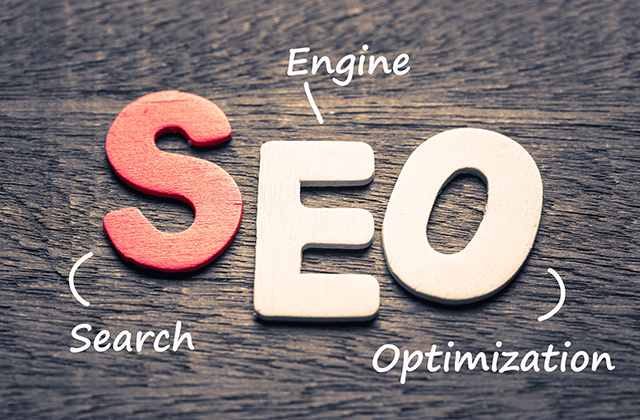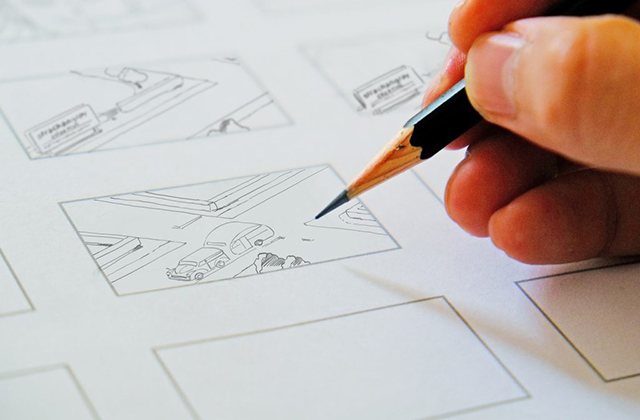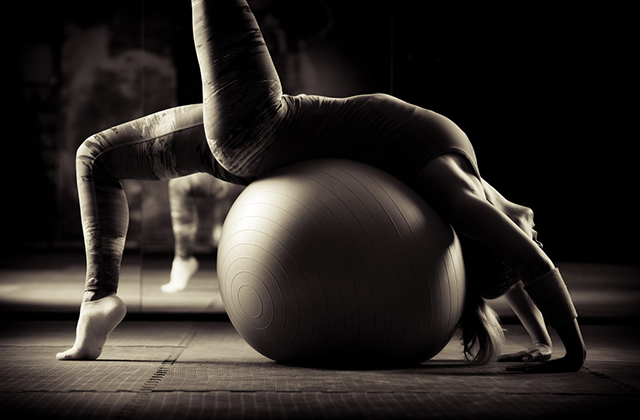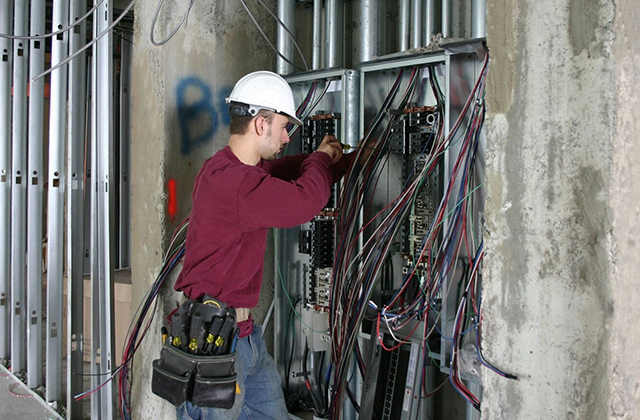Search engine optimization basically involves applying various techniques and strategies to your website in order to raise its position on the search engine results pages. SEO is also a multimillion-dollar industry. You might have heard that effective SEO is complicated and should be left to the professionals. As a freelance seo consultant Sydney, we offer a range of SEO services that cater to your needs, from on-going campaigns to SEO audits and website migrations.
You should be patient when performing SEO to increase page rank. You can not see an immediate increase in traffic to your website. It can actually take months or longer for new and not using a preexisting domain name. Just like a traditional business, the reputation of a cyber business takes time to enhance.
Ask an educational website or a non-profit to be your affiliate. Search engines respond favorably to sites differently and rank them higher because they are considered reputable sources of information. Provide high-quality information that will encourage quality websites to feature links to your site. Create valuable content that these companies will find worthwhile.
Users aren’t going to spend time at a site unless they can find the information they need, and you can get more traffic if your content current and useful.
Article exchanges is a wiser decision to help you to improve your rankings.Article exchange involves posting a full article done by the owner of another site, and them doing the same thing with an article written by you.This works better than traditional link exchanges and both websites get new content.
Keep your focus to just one subject or product. Don’t try to promote all of your products on one post. This confuses customers who won’t return visits. A single-focus page focused on one program will have much better results.
Include quality keywords in each page’s URL.
Learn about the different benefits of free social media and how it can benefit your SEO planning. There are many more social networking sites besides Twitter that can be useful. There are a lot of specialized social media sites that can help your website achieve recognition. Join ones that you find relevant groups and use them to drive more traffic to your site.
You site should be easy to navigate and read.
Use online ads through sites such as adwords or AdBrite. DIY SEO might not always produce the jump in rankings you want.These advertisers know what it takes to get more hits. Using Google’s product can make a huge difference in site traffic.
The title tag is something that your main focuses.This information is the first thing visitors see when they land on your site. It needs to describe your content uniquely and be keyword rich.
The page’s ranking will be improved, so keywords included in these tags will improve page ranking.
Don’t make a wall of links on a page. Blend them in with the content.Pages with only links tend to be ranked poorly by search engines don’t rank them highly.
Social media sites are a valuable tool in the search engine optimization process.
Search engines are a great way to get your site visitors. Making your website search engine spider friendly will produce fantastic results.Spiders cannot read images, so put a tag on every image that you include. Be sure to write a description that is rich in keywords.
Consider all of the techniques which will help get links to your site, such as article writing, press releases, directory submissions, and article writing.
Focus on phrases rather than single words. How often do you search by just one word? You need to choose phrases that guide customers to your site who are looking for the exact thing you offer.” rather than “We are hosting a sale! This is the quality of your site.
This will let users to access your site from bookmarks they’ve already established. You might also redirect the pages to bring the users from the old domain name will be automatically redirected to your new site.
Using keywords in your structure and content will still give your ranking on most search engines.
Focusing excessively on SEO can make you lose sight of your goals. Don’t forget your ultimate goal of the customers you already have. You want to have quality content regularly updated on your website on top of having high search engine rankings. Good content is a great way to optimize your site. Make sure that your content is relevant and new.
Registering your site with multiple search engines can allow them to better crawl your site. You can find a link to access this on the page of each search engine. Use a solid description and relevant keywords so you site it properly on the first attempt.
You have to make every section of your website to be unique. The titles of your pages are very important. These are extremely important for your SEO.
Linking pages within your site is a great way to improve your site. Link keywords with related pages and this can help improve your ranking. Try to make them unique.
Make sure to develop gateway pages relevant to your business and website. Gateway pages help you get people onto your site from a variety of searches.
For example, you could include a list of tips on how to select the particular product you are selling, or post a useful article about how to use it or how it has changed the lives of certain people.
Even if your articles, keep each title or heading interesting, attention-grabbing and unique. The most important words to the title are of the first one or two.
SEO does not have to be just for professionals. You do not need to pay a professional to optimize your site; these guidelines make it easier than ever for you to apply SEO principles to your webpages. It may be even easier than you imagined!







